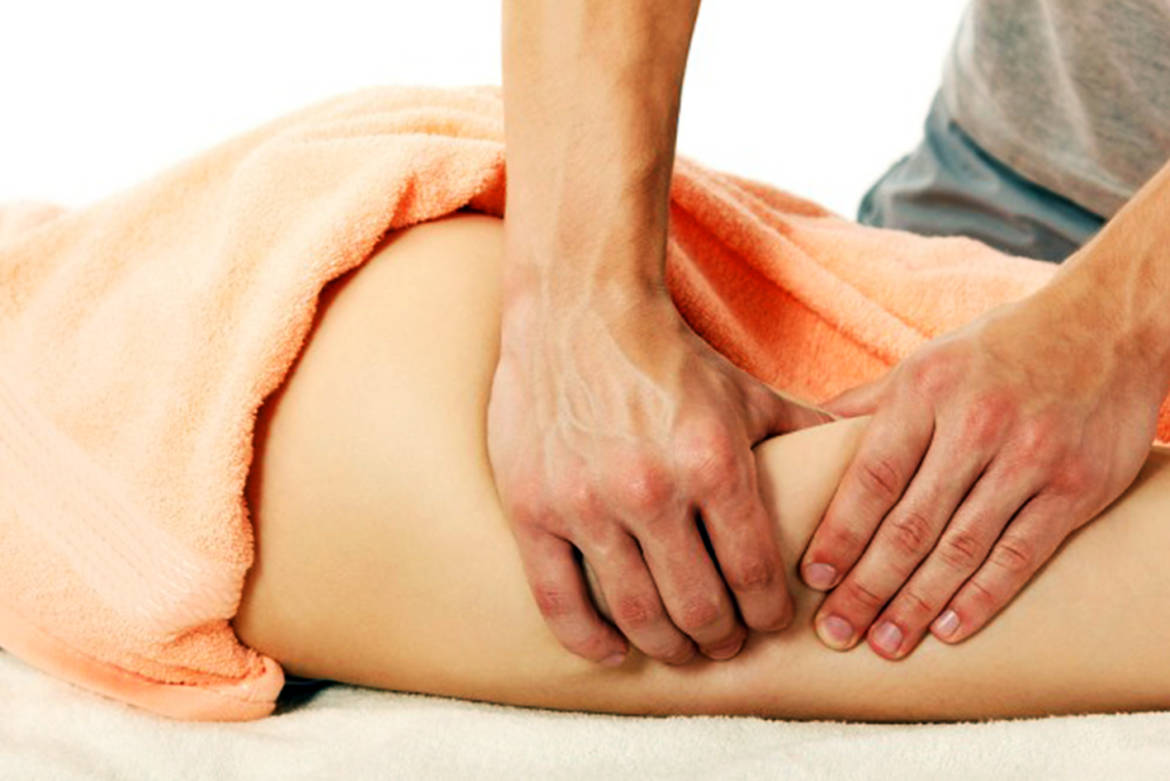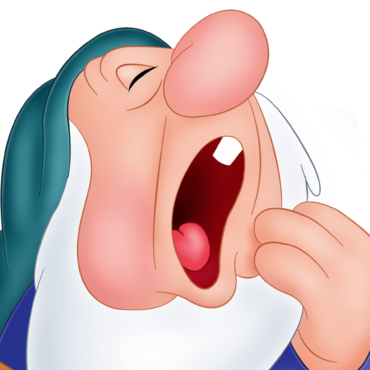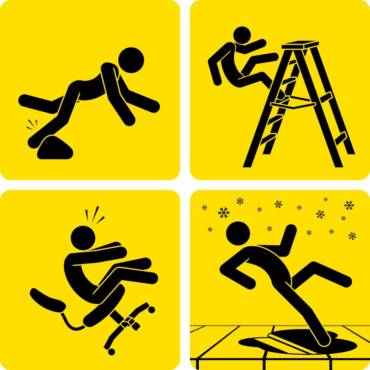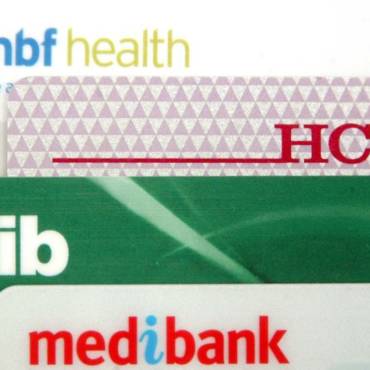Massage and Nerve Damage
For whatever reason, whenever I see an image of nerve tissue or a neuron, the fact that they look so thin and stringy makes me think they must be really stretchy. In actuality, they’re not.
Probably explains the reason why if a nerve is injured or compressed, your body will send you symptoms, common to both scenarios, such as numbness, tingling and an altered or loss of sensation.
Nerves have the ability to regenerate when damaged. However, to encourage repair, the neural network requires stimulation. Basically it’s a case of you snooze you lose scenario. The more frequent the stimulation once injury occurs (and an “ok” from whoever has a professional qualification to give a diagnosis, to receive physical therapy), the greater the likelihood to kick start the nerves to continuously communicate to the brain and innervate activity.
Massage is good for encouraging neural activity. The variations in massage techniques such as differences in pressure and direction of stroke and with enough repetition, fires off the neural pathways to tell the brain that “something” is happening and that its worth acknowledging and recognizing. Basically it’s conditioning of touch via technique and visuals of the area being massaged, to cue the brain to remember the sensation of what used to be. Thus, encouraging neural growth and/or repair. This is just an opinion piece, but I threw in “visuals” in my last statement as an extra cue for the brain to promote information on sensory growth. Once you start getting some inkling of recovery from where you started, you may not need to be seeing the area being massaged so much but focus on the feel of the therapist’s hands and the direction and flow of the technique.
Be warned, that you should be prepared for a scenario in which you get very limited recovery or recovery won’t be back to 100%. Most of the time it takes months to feel improvements before it plateaus and like many when it comes to this point, you adjust, feel bummed out and just settle with how far you’ve gotten.
If the case is that the nerve has been compressed by tight muscles then massage can definitely help. Usually it’s as simple as massaging to soften the muscles thereby easing the pressure off the nerve being squashed to allow conduction of neural activity to flow freely.
“Massages for Camberwell, Caulfield North and Malvern”




